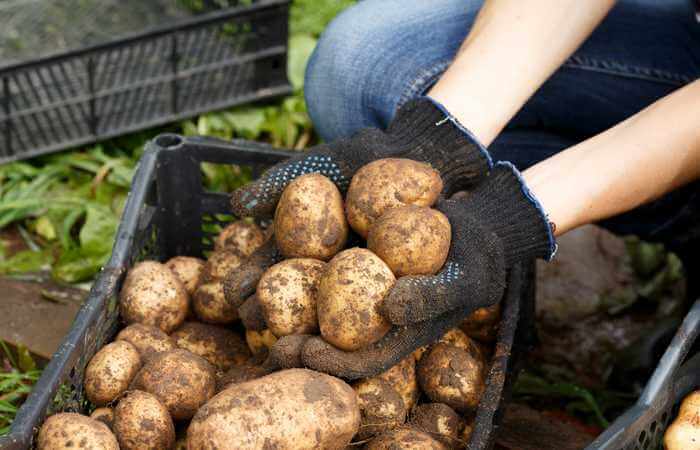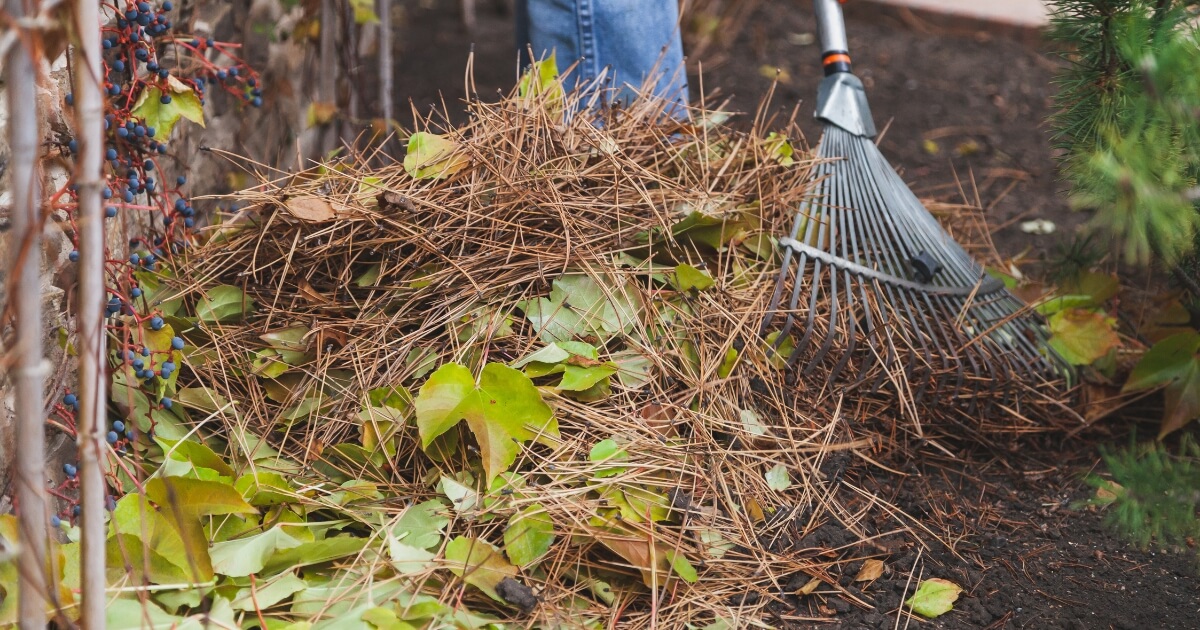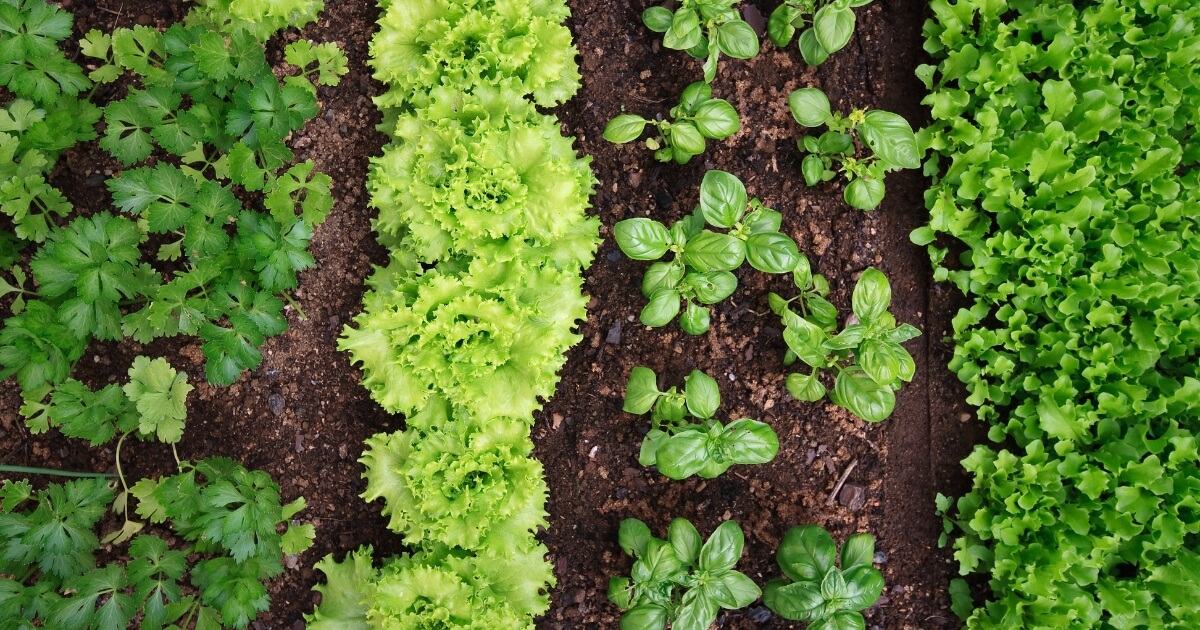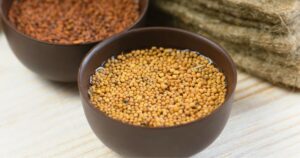Do you have a recipe that calls for a pound of potatoes, but you don’t know how many individual potatoes you need?
When you don’t have a kitchen scale, having a rough idea of how many potatoes are in a pound can be very helpful, which is why I’m putting together this reference guide to demystify how much a common potato weighs.

Inside, I also discuss how to weigh and measure potatoes at your home or store and things to consider before purchase. So, come along on this journey to learn all you need to know about the weight of potatoes!
How Much Does A Medium Potato Weigh?
To answer this question, you need to consider which variety of potato is on the scale since most vary in size and density.
The average weight of a White or Russet potato (two prevalent varieties sold in grocery stores and farmer’s markets) is 6.5 ounces.
What Is The Weight Of A Medium Potato?
If you average the combined weight of the most common potatoes of a medium-size, it comes to 5.3 ounces.
Medium White and Russet potatoes are heavier than a medium Red or Fingerling, which brings the average weight down.
How Many Medium Potatoes In A Pound?
You may need only two Russet potatoes to reach a pound, while you may need three or four Yukon Gold, and eight or ten fingerlings. The exact number of potatoes per pound relies heavily on the variety you select.
How Many Red Potatoes In A Pound?
It normally takes three to four medium Reds and six to nine small Red potatoes to equal a pound.
How Many Potatoes In A 10 Lb Bag?
Expect a ten-pound bag of these most common varieties of potatoes to contain:
- Russet or Idaho – 16-20 per bag
- Yellow or White – 18-22 per bag
- Red or Yukon Gold – 25-30 per bag
- Fingerling – 60-70 per bag
- Petite – 80-100 per bag
How Many Potatoes Is 5 Lbs?
Again, the number of potatoes necessary to weigh five pounds could be as few as five large Russets, 15 Reds, or as many as 30 Fingerlings.
Most supermarket potatoes fall into a more average size since farmers sell off larger potatoes to make french fries.
Have to cook for a crowd but are unsure how many potatoes to buy? A good rule of thumb is that a five-pound bag of potatoes should serve ten people.
How Many Potatoes In 2 Lbs?
Two pounds of Idaho or White potatoes can count out to only three to five. A two-pound pile of a Red variety can include around six or seven potatoes.
How To Measure And Weigh Potatoes
Knowing some basic information about how stores sell potatoes is helpful when trying to measure and weigh them at the store or home.
First off, grocery stores and farmers use a uniform potato sizing system for sizing potatoes, which makes it easier to group them for sale. The main sizes sold are:
- Size “A” potatoes – 2.5 inches in diameter
- Size “B” potatoes – 1.5 to 2.25 inches in diameter
- Size “C” potatoes – less than 1.5 inches in diameter
The sizing continues through “H”, with those smallest potatoes measuring in at a mere 1/4 to 1/2-inch in diameter.
For the sake of simplicity, most non-specialty stores lump all smaller potatoes into the “C” category since they typically offer only one or two varieties in this size range.
Store Measuring
At the store, you can usually find a scale to weigh loose potatoes in the produce section. Using a scale removes the guesswork of how many potatoes you need to reach the pounds desired.
Another neat trick is the ability to check out the weights of various pre-bagged potatoes; you may find a 10-pound bag that is 11 pounds or more!
Measuring At Home
If you own a kitchen food scale and want to follow a recipe as closely as possible, go ahead and weigh out your potatoes.
No scale? If you are using chopped or shredded potatoes in a dish, know that a cup full should weigh around eight ounces, so two cups would roughly be one pound.
Visual Measuring
If you don’t own a kitchen food scale (or can’t find one in a store), a fantastic way to gauge potato size and weight is by using your hand and eyes.
Start by taking a width measurement of your palm. For my hand, my palm is nearly three inches wide, so I know that any potato that covers about half is a “B” potato.
To fine-tune this system for the size of your hand, find a store’s produce scale, and test out a few different sizes of potatoes for weight and how they appear in your hand. I know if an “A” potato also reaches from my wrist to fingertips, I can expect it to weigh around eight ounces.
I know that I need three or four smaller spuds that cover my entire hand to make approximately half a pound. I double it up for a pound, and I always find it amazing at how accurate this method is.
Once you can visualize what a handful of potatoes translates to in terms of weight, you’ll never need a scale again!
Things To Consider When Buying Potatoes
Before picking out potatoes, consider these variables:
- Freshness – For peak freshness, buy potatoes during the main harvest season, which runs from August through the end of October. Look for “C” potatoes in June. At other times of the year, those potatoes have been sitting in storage waiting for a sale.
- Flavor and texture – Size “C” potatoes are very tender and an excellent choice for roasting, while the slightly sweet Red potato with its waxy skin holds up well to boiling for use in potato salads or hash browns. Russets have a fluffy interior texture ideal for making french fries or baking whole, while Yukon Gold makes incredible mashed potatoes with their light buttery taste.
- Appearance – Choose damage-free, dry, and firm potatoes that look clean and are uniform in color. Never buy a potato that has a greenish tint to the skin since it indicates a high level of solanine, which is toxic. Avoid sprouting potatoes, as well, since the spud is past it’s prime.
Related | How Many Potatoes Per Plant
In Summary
Figuring out potato poundage doesn’t have to be frustrating. I hope the information inside this guide helps you navigate the produce section of your supermarket so you can select the perfect variety to suit your needs.
Now that you have a better understanding of how many potatoes are in a pound, you can always buy the perfect amount of potatoes to create a myriad of tasty dishes for your family and friends!










